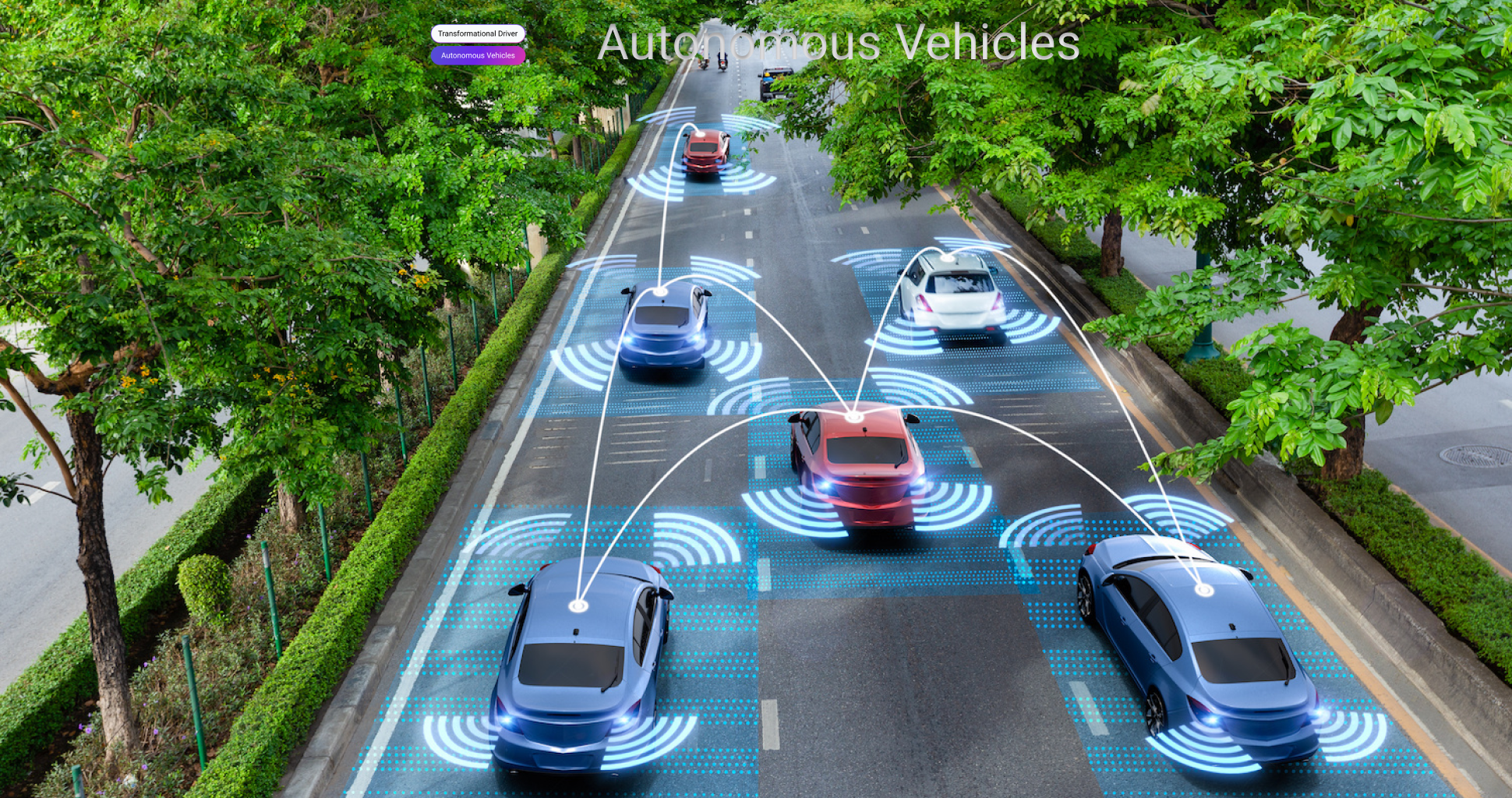Learn how autonomous technology works seamlessly by integrating sensors, artificial intelligence (AI), and analytics. Discover its vast applications, functionality, and data-driven advantages.
Introduction
Auto technology is revolutionizing industries, reshaping how tasks are performed, and optimizing efficiency like never before. But how does autonomous technology work its magic? Let’s delve into this transformative innovation, exploring its intricacies, applications, and remarkable advantages.
How does auto technology work?
Auto technology operates by seamlessly integrating sensors, artificial intelligence (AI), and analytical capabilities into automated systems. This integration empowers machines to make decisions and execute tasks without human intervention.
Enriching Automation
Autonomous technology enhances automated systems by infusing them with advanced features like sensors, AI algorithms, and real-time analytics. These integrated capabilities enable machines to operate independently, responding to dynamic environments with precision and efficiency.
Applications Beyond Automobiles
Autonomous technology transcends automotive applications, permeating diverse industries such as manufacturing, agriculture, infrastructure, and elder care. From robotic arms in factories to IoT devices in smart agriculture, autonomous systems redefine productivity across sectors.
Adaptive Functionality
One of the most fascinating aspects of autonomous technology is its adaptive functionality. These systems possess the intelligence to adjust parameters, identify obstacles, and rectify errors autonomously. Whether it’s halting motion to avoid collisions or fine-tuning production processes, autonomous technologies excel in dynamic environments.
Data-Driven Precision
The effectiveness of autonomous technologies hinges on vast volumes of meticulously collected and validated data. This data-driven approach underpins the training and optimization of devices and systems, ensuring optimal performance and reliability in real-world scenarios.
Advantages of Autonomy
By diminishing the reliance on human intervention, autonomous technology streamlines operations, minimizes resource consumption, and reduces staffing requirements. This efficiency translates into enhanced productivity, cost savings, and streamlined workflows across various domains.
Exploring Autonomous Technology in Depth
Autonomous technology isn’t confined to a single industry or application; its influence permeates diverse sectors, reshaping operations and redefining possibilities.
Manufacturing Revolution
In the manufacturing realm, autonomous robots collaborate seamlessly with human workers, streamlining production processes and enhancing precision. These robots can handle intricate tasks with dexterity, contributing to increased throughput and product quality.
Agricultural Advancements
In agriculture, autonomous drones and robotic harvesters optimize crop management by monitoring soil conditions and executing targeted interventions. These technologies enable farmers to enhance yields, minimize resource waste, and adopt sustainable practices.
Infrastructure Innovation
Autonomous technology plays a pivotal role in infrastructure development, facilitating predictive maintenance, remote monitoring, and smart city initiatives. From self-driving vehicles to intelligent traffic management systems, autonomy fosters safer, more efficient urban environments.
Elder Care Evolution
The aging population presents unique challenges, which autonomous technology addresses through innovative solutions like robotic caregivers and assistive devices. These technologies empower seniors to maintain independence, receive personalized care, and lead fulfilling lives.
Examples of Autonomous Technology in Use Today
Autonomous technology is revolutionizing various industries, offering innovative solutions that enhance efficiency and productivity. Here are some examples of autonomous technology currently in use:
- Manufacturing: Industrial robots and collaborative robots (cobots) automate tasks, enhancing productivity.
- Agriculture: Autonomous technologies optimize irrigation and crop management, improving yields.
- Infrastructure Maintenance: Autonomous systems facilitate efficient repair of hard-to-reach areas.
- Elder Care: Social robots provide essential support to elderly individuals, alleviating staffing shortages.
- Transportation: Self-driving cars and drones transform transportation systems.
- Home Automation: Smart home devices enhance convenience and efficiency in households.
- Robotics: Smart robots and delivery robots redefine various aspects of daily life.
These examples illustrate the diverse applications of autonomous technology across industries, showcasing how these innovations are reshaping processes, improving safety, and driving efficiency in various sectors.
FAQs (Frequently Asked Questions)
- How does auto technology improve efficiency? Auto technology boosts efficiency by minimizing human intervention, optimizing resource allocation, and leveraging data-driven decision-making.
- What are the primary challenges in implementing auto technology? Implementing autonomous technology entails overcoming regulatory hurdles, ensuring data security, and addressing ethical concerns regarding AI and automation.
- Can auto technology adapt to unforeseen circumstances? Yes, autonomous systems utilize AI algorithms and sensor data to adapt to changing environments, ensuring flexibility and resilience.
- What role does data play in auto technology? Data fuels autonomous technology, serving as the cornerstone for training AI models, refining algorithms, and enhancing system performance.
- How does auto technology impact job roles and employment? While auto technology may automate certain tasks, it also creates new opportunities for skill development, innovation, and value creation.
- Is auto technology safe and reliable? Autonomous systems undergo rigorous testing and validation to ensure safety and reliability, with fail-safe mechanisms and redundant systems mitigating risks.
Conclusion
Autonomous technology heralds a new era of innovation, empowerment, and efficiency across industries. By harnessing the power of AI, sensors, and data-driven insights, autonomous systems redefine possibilities, shaping a future where machines work seamlessly alongside humans.

